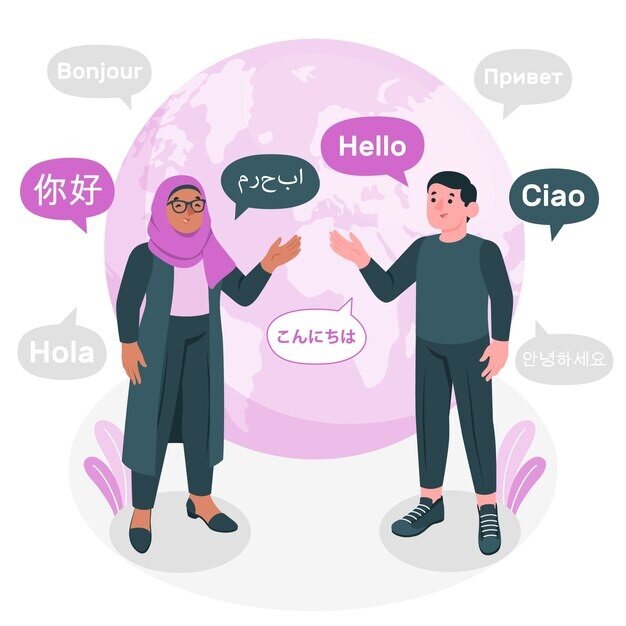Characteristics of a good translation


A good translation is not merely a mechanical conversion of words but rather a nuanced and faithful rendition that captures the essence of the original text. Several characteristics define a good translation. Let's explore six key attributes:
Accuracy
Accuracy is paramount in translation. A good translation must faithfully convey the meaning of the source text without distorting or omitting essential information. It should reflect the author's intentions and preserve the original message, ensuring that the target audience receives the same information as the source audience. It requires a deep understanding of the source and target languages alongside the cultural and contextual nuances.

Fluency
Fluency refers to the natural flow and readability of a translated text. A good translation should read as if it were originally written in the target language. Sentences should be well-structured, coherent, and grammatically correct. Maintaining the original text's style, tone, and register will create a seamless reading experience for the target audience.

Clarity
Concise translation is essential to ensure the target audience understands the intended meaning. A good translation should be unambiguous, avoiding any confusion or misinterpretation. Complex ideas or technical terms should be explained in a way that is accessible to the target readers, striking a balance between accuracy and simplicity.

Cultural Adaptation
It is essential to adjust translations to the target audience's culture. It involves considering the cultural context, norms, and sensitivities of the target language and culture. A good translation should not only convey the literal meaning of words but also capture the cultural connotations and references embedded in the source text. Adapting idioms, metaphors, and cultural references ensures that the translated text resonates with the target readers.

Consistency
Consistency is crucial in maintaining coherence and continuity in a translation. A good translation should be consistent in its terminology, style, and tone throughout the text. Consistency enhances readability and helps the target audience to comprehend the translated content better. It also creates a sense of professionalism and reliability, particularly in specialized fields where consistent terminology is essential.

Localization
Localization refers to adapting a translation to the specific linguistic, cultural, and regional requirements of the target audience. A good translation should consider regional variations, dialects, and specific language conventions. Units of measurement, date formats, currencies, and any other culturally unique aspects must all be adjusted. Target readers will find the translated content familiar and natural if it has been localized well.

SITA Academy
SITA Academy stands out as the best website for professional translation due to its:
user-friendly interface,
extensive language support,
expert translators,
specialized services,
confidentiality,
timely delivery,
transparent pricing,
dedicated customer support,
rigorous quality assurance,
and a proven track record of client satisfaction.
With SITA, clients can trust that their translation demands will be met with the highest quality of professionalism, accuracy, and reliability.
Native speaking translators
Expert in respective fields
Client Collaboration
Customized Solutions
Quality Guarantee
Timely delivery
Confidentiality and Security
English to Arabic
Arabic to English
English to Turkish
Turkish to English
English to Russian
Russian to English
If you have any questions, inquiries, or would like to learn more about our services, please don't hesitate to reach out to us. Our dedicated team is ready to assist you.